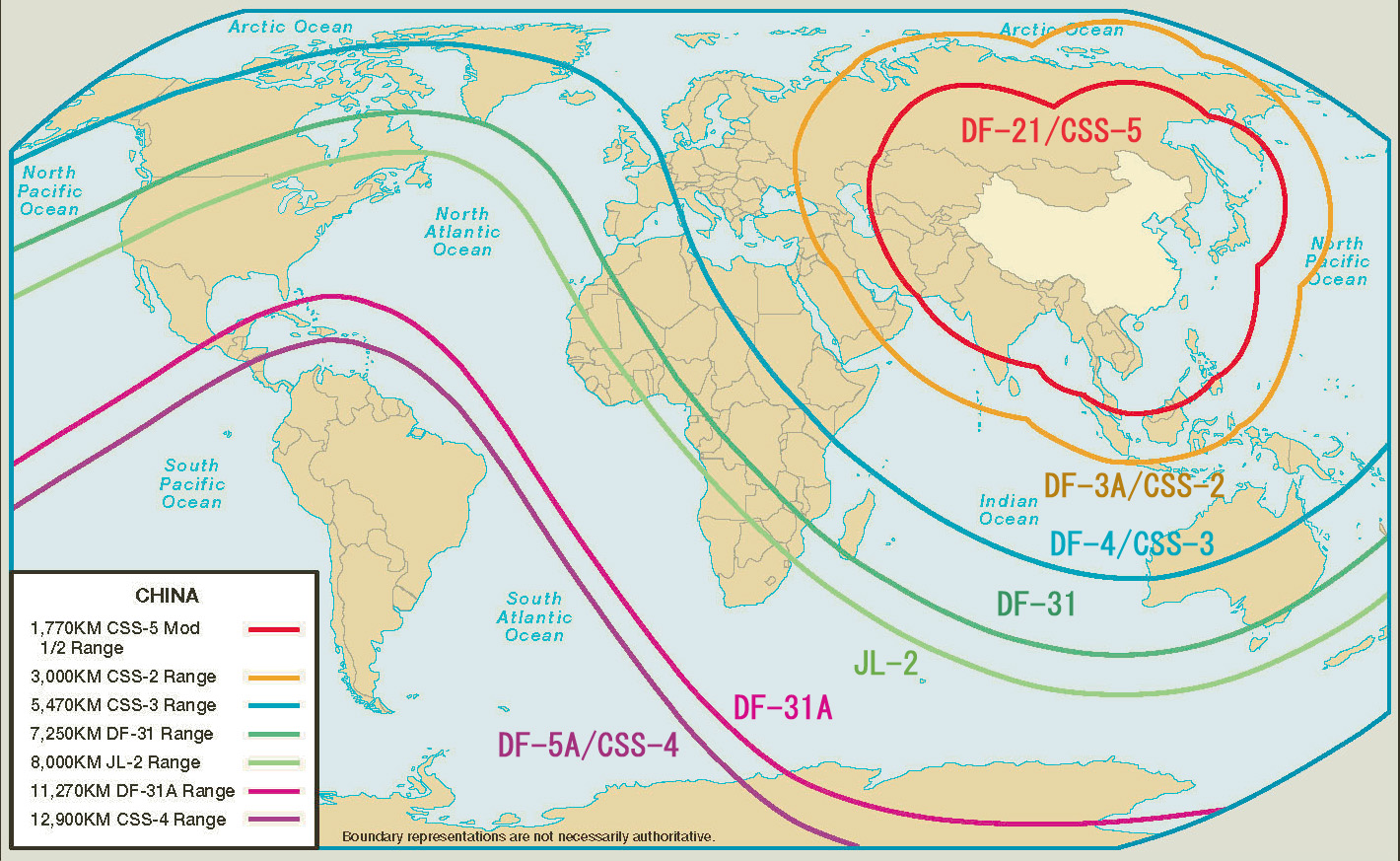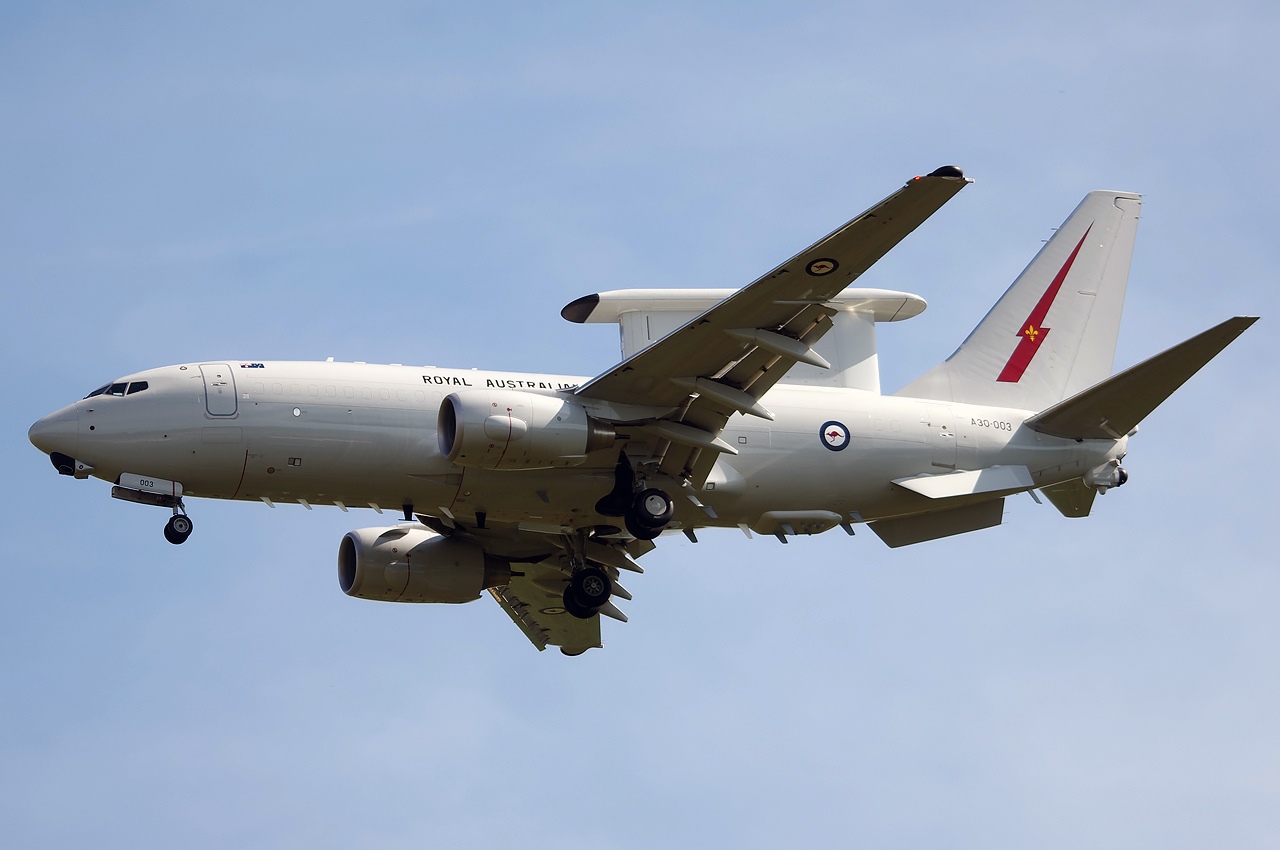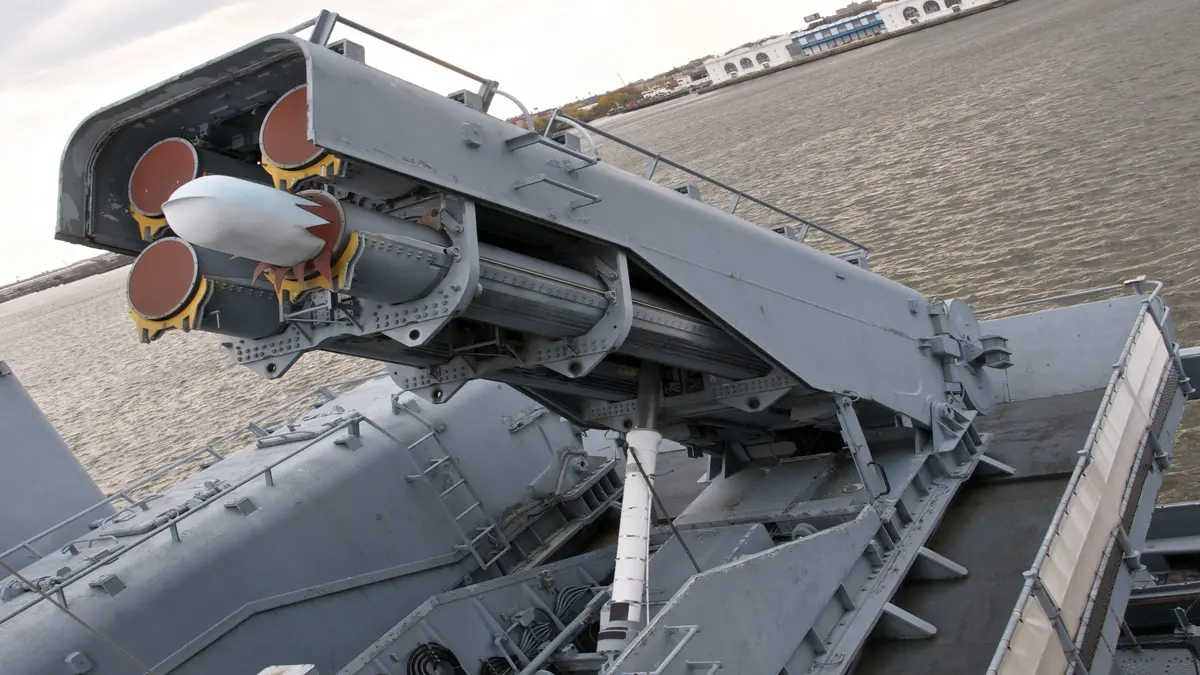“(MANILA) – The Philippines’ decision to host the US Army Typhoon Missile Systems, which are capable of firing both Tomahawk Cruise Missiles and SM-6 Interceptors, has ushered in a new era of Indo-Pacific geopolitics. Initially deployed to Luzon during the 2024 Baliktan exercises, the launcher has now transitioned to a more permanent role as the US strategic position in the region solidifies. Manila’s move, criticized by Beijing as a provocation, is rapidly deepening ties, restoring regional trust and setting the stage for broader strategic competition.
1. From exercises to embedded deterrence
The Shenao missile systems – or “Typhoons”, as they are called by US forces – were first deployed to Luzon in April 2024 The northern tip had been reached. What was billed as temporary support during the annual Baliktan rotation has since become a solid part of the multi-year U.S.-Philippine deterrence strategy. “This is not a… “temporary” “capability. It reinforces our sovereignty,” said Philippine Army Chief Lt. Gen. Romeo Browner Jr. National Security Advisor Eduardo Mendez, adding, “There is no scheduled withdrawal. This asset strengthens national deterrence in the long run.”
2. Beijing’s counterattack: accusations and warnings
China responded forcefully. Foreign Ministry spokesman Li Chengbo accused Manila of “undermining regional peace and violating ASEAN norms.” Defense Ministry official Zhang Xiaogang warned that the move “opens the door to geopolitical confrontation,” hinting at retaliation ranging from naval pressure to targeted economic discipline.
A commentary in the Global Times described the deployment as “tying Beijing’s hands and reinforcing a sense of hypocrisy in the Philippines,” while state-sponsored think tanks previewed possible escalation in the form of a military flotilla or port restrictions on Philippine goods.
3. Missile Capabilities: Deterrence vs. Technical Edge Balance
Typhoon’s dual threat
- Tomahawk Cruise Missile – Range up to 2,000 km, determine ground-attack capability
- SM‑6 Interceptor – 240 km multi-target reach, including hypersonic threats

*Aegis BMD SM-6 Missile
China’s Counter-Missile Arsenal
- DF‑21D (“Carrier Killer”), ~1,500 km anti-ship range
- DF‑26 (“Guam Express”), ~3,500 km capable of targeting stationary US bases like Guam
DF-26 medium-range ballistic missile
Range of Chinese missiles; DF-21 range in red
The Typhoon provides strategic flexibility—capable of striking, intercepting, and extending air endurance, while China’s DF-series acts as a strategic deterrent with permanent coverage. maritime areas area.
4. Deepening strategic alliances and military exercises
The Typhoon is seamlessly integrated into ongoing trilateral exercises with the U.S., the Philippines, Japan, and Australia. Japanese Coast Guard Captain Aiko Yamazaki commented: “This deployment strengthens collective preparedness for grey-zone maritime situations.” The Royal Australian Air Force’s vice chief, Air Vice-Marshal Mark Sheppard, described it as “a symbol of integrated Indo-Pacific deterrence.”
South Korea’s defence minister, Lee Jae-ho, called the deployment “a stabilizing influence in the regional missile count, providing protection amid growing missile challenges from North Korea and China.”
Taiwan’s defence department spokesman, Wu Wei-lin, noted, “The Philippines’ host sites have extended the security umbrella into Taiwan’s southern airspace – a welcome development.”
5. Strategic implications for neutral ASEAN nations
Indonesia
Acts as a balancing act. Foreign Minister Retno Marsudi said: “We are concerned about further militarization in our neighbourhood.” Jakarta’s economic interests in China must be weighed against the pressure of coalition unity.
Malaysia
Prime Minister Anwar Ibrahim stressed neutrality on strategic fault lines: “Our role is to promote peace, not to fuel an arms race.”
Thailand
With long-standing US military ties, officials in Bangkok privately see Typhoon as a stabilizing force – though note that public sentiment is wary of complications.
Vietnam
Beijing shares concerns. One Hanoi scholar observed: “Vietnam sees parity in maritime aggression; any escalation threatens regional balance.”
No one has yet endorsed or rejected Typhoon, but all are closely watching the options chosen by Manila, Tokyo and Canberra.
6. Taiwan Strait Flashpoint
The system currently deployed in Luzon is within launch distance of approaches to Taiwan and eastern China. “This changes the calculus,” noted Dr. Wei Chao-ming of Taiwan’s National Defense University, “Taiwan’s undersea cables and air corridors are now supported by forward-deployed strike capabilities.”
China’s military press, including the PLA Daily, suggested deploying a DF‑26 rocket brigade to Guangdong as an immediate countermeasure, signaling an increased A2/AD posture in the South China Sea.
7. Prospects for US-China Military Conflict
The long-range missile deployment reflects the early stages of a strategic war; The fluctuations are based on intent and restraint:
- Maritime incidents: Any miscalculation near the disputed reefs could trigger a missile exchange.

- Philippine Coast Guard contacts Chinese ships
- Airspace violations: Chinese interceptors escort U.S. or allied fighters through typhoon-protected assets near Luzon Strait.

- PLAAF J-16 fighters
- Offshore engagements: Typhoon-supported aerial surveillance cooperates with Aegis systems, countering Chinese naval advances in the Spratlys.

- RAAF Boeing E7 Wedgetail
8. Strategic Calculations by Both Powers
U.S. Strategic Advantage
The Typhoon provides operational depth—intercepting Chinese missile salvos, assisting in Allied overflights, and potentially aligning with long-range B-52 or submarine-launched cruise systems.
Defense Secretary Robert H. Gray observed, “These systems help reduce potential flashpoints by increasing the cost of miscalculation.”
China’s A2/AD Strength
China’s DF-family enforces military perimeter around the South China Sea. Rear Admiral Zhu Lijun noted: “Our deterrence capability must match future threats.” China is investing heavily in electronic warfare, ASW patrols, and submarine training to counter the evolving threat.
9. Economic and Hybrid Warfare Countermeasures
Critics suggest that the typhoon exposes the Philippines to Chinese economic retaliation. Manila has already reported a temporary reduction in tourist arrivals and a reprioritization of agricultural exports due to increased surveillance in Guangzhou.
Cyber analysts have warned of covert campaigns targeting Philippine government systems and telecom architecture, with the potential for increased precision of dual-use cyber tools.
10. Middle East Fallout and the China-Russia-Iran Axis
While Europe and Washington focus on the Israel-Iran conflict, the PLARF must handle both Middle East contingencies and Indo-Pacific threats, stretching logistical bandwidth. Iran’s drone exports and Tehran’s Russian missile purchases further complicate the calculations—balancing deterrence in Asia risks reducing resilience or support in a Middle East conflict. Chinese strategists are keeping a close eye on Iran’s air defenses, concerned that leaving Tehran open to Israeli attacks could expose vulnerabilities.
11. Looking Ahead: Neutral ASEAN Nations
A Philippine defense analyst noted: “If conflict breaks out, Southeast Asian states will walk a fine line: risk Beijing’s wrath or quietly align with the US-Philippines axis through defense ties.”
Indonesia is unlikely to openly support missile deployments, but could provide logistical support to US Navy supply chains. The Malaysia crisis could push for ASEAN diplomacy. Vietnam is rumored to be exploring new missile defense concepts. Thailand continues joint US flight exercises but is silent on the typhoon deployment.
12. Final Assessment: Navigating the Multipolar Axis
Currently, the Philippines is looking for a deterrent; China navigates the expansion of its missile perimeter; US-aligned states are integrating influencers into strategic exercises; neutral nations are hedging between regional stability and external threats. Every missile, quote, or economic sanction adds a link to the technothriller scenario of a US-China military confrontation in the Western Pacific – while still hypothetical, it remains a possibility.
If Washington deploys Typhoons, the DF-21 will be pushed back. If Beijing allays ASEAN concerns, Manila will put more emphasis on NATO-style exercises. Indonesia, Malaysia, Thailand, and Vietnam – important ASEAN hubs – will determine whether regional diplomatic momentum maintains or falters under the strategic weight of missiles and mobile batteries.

- Phone
Raed More: France Orders Closure of Israeli Defense Stands at Paris Airshow
FAQs
Typhoon missile systems are advanced US weapons capable of launching Tomahawk cruise missiles and SM-6 interceptors. Initially brought to Luzon for the 2024 Balikton exercise, they now play a permanent role in the US-Philippines defense strategy. These systems strengthen regional deterrence and give the Philippines a strategic advantage against potential threats in the Indo-Pacific.
China has criticized the deployment, calling it a threat to regional peace. Officials have warned that it could escalate geopolitical tensions, with potential retaliation through naval pressure, trade sanctions or an increased military presence in the South China Sea. Analysts say China’s DF-21 and DF-26 missiles are part of its counter-strategy to maintain influence in the region.
Typhoon missile systems give the US and its allies the flexibility to deter threats and protect critical areas. They are now part of exercises with Japan, Australia and South Korea, which increase preparedness against maritime or missile threats. Neutral ASEAN countries such as Indonesia and Malaysia are watching the developments carefully as they balance trade and strategic interests.








Leave a Reply